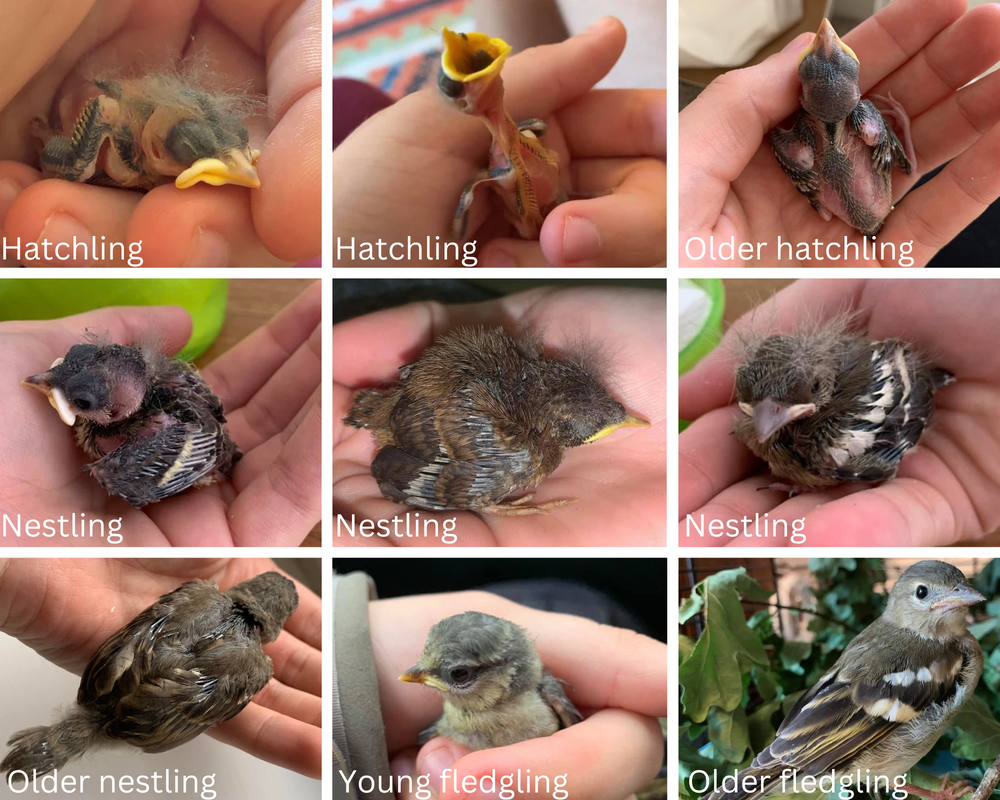Wildlife Rescue and Rehabilitation
For those with a wildlife casualty looking for a rehabilitation centre please click here to find a directory and map of wildlife rehabilitation centres near to you.
PLEASE NOTE: Although I am able to advise and in some cases help with wildlife rescues, Wild About Britain is NOT a wildlife rehabilitation centre so please do not drop wildlife at our door without contacting first.
PLEASE NOTE: Although I am able to advise and in some cases help with wildlife rescues, Wild About Britain is NOT a wildlife rehabilitation centre so please do not drop wildlife at our door without contacting first.



